The 7 Secret Ingredients to Better Physique Adapted from Tom Venuto's Body Fat Solution
5. A Mind Focused On Well-Formed Goals You want to make a change, but don't know where to start. Often we find ourselves considering what we want, before we consider why we want those things. The what are called GOALS. We also often jump into the process of achieving those goals, without writing those goals down and considering what it takes to achieve those goals. Many people come to me with vague ideas of what they want:
These are not definitive goals; they are nebulous and illusive. These goals say, "I can't explain what these things are, I just know I want them". Goals need to be clear objectives. When your objective is clear, you can formulate a game plan of how to achieve those goals. Better still, your trainer or coach will have a better idea of how to get you started. Beginning the journey can be the hardest part when your goals lack clarity. Here's what you do:
....this is where you begin. Something to bear in mind is that setting performance goals can be moot if you are in an introductory stage. For example, a client may come to me and say they want to get stronger. Even though this goal is vague, if they have never lifted before, then this goal may actually be as specific as it has to be. In the first 6-weeks of training, I expect this client to get stronger just by virtue of never having lifted before. But for me to say: "Well this week we will test your MAX, then spend the next 3 weeks working your 65/75/85% RM respectively, at which point we will retest and repeat this process." There's problems that arise with this program. At the onset, we may need 4 weeks or so (depending on how often they train) for them to even LEARN the movement(s); then another 3-4 weeks BUILDING STABILITY in the lifts to handle reps above 12, or intensities beyond 70% RM. I cannot expect to use my tools effectively, without first learning the tools of the trade, and the proper work flow. You shouldn't either. This is a scenario where the TIMELINE of your goals may not correlate with your initial expectations. It may be prudent to have Outcome, Performance, and Process goals for the same objective:
Thankfully, some of our goals feed into the others. Once upon a time, we went to the "gym" to train for sport or survival, and the bi-product was that we looked like athletes. Today, we just go to the gym to lose weight. Somewhere along the way we skipped the most important step in our personal development: Purpose. Before you even start chasing a goal, you must identify the reason why. The best reasons are very personal, and placed high in priority. If you can't think of a personal reason, you may have to create one. For example, family may not influence any of your life decisions, until you start one of your own. So you may have to place yourself in a situation that necessitates forms of accountability or purpose that you never had before. When you begin a new sport you will often have teammates. Teammates keep you accountable just out of fear of letting them down, and FEAR is the most effective motivator. In this way, starting a new sport can be a support system for your other goals, because you know that to be at your best for your team's sake, you must train. When you train, your body changes. I like this method of initiating aesthetic goals because sometimes its difficult to gauge the appropriate level of progress, especially for beginners. Sports help develop the necessary body awareness to thrive at higher levels of performance; the levels where reaching and maintaining goals becomes much easier. Letting your physical development take its course naturally while you focus on your new hobby/sport, helps you stay motivated to move, while not obsessing over body image. Once you've spent a season or two focused on your sport, you can then be in a more well-informed position to form goals that require a little more effort and training frequency. Starting a sport also helps you stay realistic about the effort and time required to achieve your goals. Recreational sports can change your body, but you can expect that you may need to add 2-3 hours of weight training to your 4hrs of soccer practice to get your ideal body - because cardio will not support muscle growth or maintenance. You will also have to expect that if you're eating Burger King 2x per day, you will likely have to adjust your nutrition to help you to your next plateau of physical development. There is often one more thing you could be doing to make you more healthy, improve your performance, or harden those abs. I don't want to tell you to take on more than what's necessary, but avoid making excuses for not putting in work where work can be done. At the end of the day, the simplest and most obvious steps include finding a credible training program and nutritional advice. At the very least, you mustn't succumb to crash dieting or restriction diets. These diets are destined to fail because:
Keep these points in mind:
Coleman et al. Effect of deprivation on Food Cravings and Eating Behaviour in Restrained and Unrestrained Eaters. International Journal of Eating Disorders. 38:4 (Dec, 2005):301-69
Hill et al. What predicts weight regain in a group of successful weight losers? Journal of Consulting and Clinical Psychology. 67:2(1999):177-85 Levitsky, D.A. The Non-Regulation of Food Intake in Humans. Journal of Physiology and Behaviour 86:5 (Dec, 2005):623-32 There's No APP For Fat! For the month of January, clients can bring a friend or family member new to Ballistic Strength Gym and BOTH TRAIN FREE**
**Free pass redeemable on date of attendance only, one free pass per person from Jan. 1st - 31st 7 Principles to a Better Physique Q: I know you lift weights, but what do you do for cardio? A: I lift weights faster Don't let anyone convince you that "cardio" is a physical state you achieve in the absence of weights - whether it be on a bike, a treadmill, or a skipping rope. Cardiovascular Demand VS. Oxidative Metabolism / Aerobics Have you ever finished a challenging set of deadlifts, maybe a 5x5 at 80% 1RM, and realized that even though you took 2-min rest in between sets that your heart is now racing like a jack rabbit? That's cardio. Cardio doesn't mean spandex and headbands, and it doesn't mean bobbing up and down on ellipticals for 45min or more. Cardiovascular training means placing a demand on your heart to increase its rate of contractions (HR in BPM) as well as its stroke volume (SV: amount of blood ejected by left ventricle with each contraction) in order to feed (and flush) working muscles. Arnold constantly spoke of of "the pump", that feeling of blood-filled muscles creating pressure underneath the skin. When you lift weights, blood is directed to the working muscles. As you continue to lift weights (duration), or increase your pace (speed), or increase the weight (intensity/load), this demand for blood increases and SV and HR go up. Moreover, the heavier the weight, the more mental acuity required. This increased focus and alertness stimulates and is facilitated by increased HR. Aerobics is essentially any activity that lasts longer than 90 seconds. Beyond this point, oxidative phosphorylation/cellular respiration becomes the dominant energy system during continuous exercise. As exercise duration increases, heart rate and respiration tends to increase. In most cases, we stay at a pace where we can maintain a constant and steady rate of breathing and heartbeat.
Engaging in this type of exercise with relative frequency is typically sufficient to improve cardio-respiratory function, mitochondrial density, and oxidative capacity. However, adapting to exercise and seeing improvements means you have become fitter than you were, which means your aerobic training needs to be more intense to see continued improvement, or to even maintain aerobic fitness (metabolic rate may decrease as much as 5% per decade after puberty). By definition, the greatest demand you can place on the heart lies closest to the anaerobic threshold - the point at which the aerobic system cannot produce energy fast enough to address the energy demands placed on it. If you've ever done interval training with a work-to-rest ratio of 1:1 or less rest, then you know what this intensity feels like. According to a study by the Journal of Applied Physiology, a low-volume, high-intensity interval protocol of 60s:60s work-to-rest at 90% Max HR over 2-Weeks resulted in improved glucose control and metabolic health:
You don't want to be doing an hour of aerobic training each day, but then again I wouldn't advise repetitious high-intensity interval training (HIIT) each day either. The key is balance. You have two facets to your autonomic nervous system. The (1) parasympathetic system is responsible for stimulation of "rest-and-digest" or "feed and breed"activities that occur when the body is at rest. The complimentary (2) sympathetic nervous system's primary process is to stimulate the body's fight-or-flight response. When organizing your training it's important to schedule days that facilitate the parasympathetic response, allowing time to "rest and digest" - a Rest Day. The term rest is relative. Sometimes you do indeed require a day of absolutely no activity to optimize recovery. The rest of the time you should aim to, at the very least, alternate training days of higher intensity with days of lower intensity. It also helps to avoid stimulants (e.g. caffeine) on these days. Example: MON - 1hr of weight training paired with 10-15min of HIIT TUES - 30min of Low-Intensity aerobic exercise WED - 1hr of weight training paired with 10-15min of HIIT THURS - OFF FRI - 1hr of weight training paired with 10-15min of HIIT SAT - 30min of Low-Intensity aerobic exercise SUN - OFF Sources: Low-volume high-intensity interval training reduces hyperglycemia and increases muscle mitochondrial capacity in patients with type 2 diabetes. Jonathan P. Little, Jenna B. Gillen, Michael E. Percival, Adeel Safdar, Mark A. Tarnopolsky, Zubin Punthakee, Mary E. Jung, Martin J. Gibala. Journal of Applied Physiology Dec 2011, 111 (6) 1554-1560; DOI: 10.1152/japplphysiol.00921.2011 |
NANAIMO'S BEST kettlebell group, strength & fitness classes | (250) 713-1262
CategOries
All
Archives
February 2024
|
Get Social! |
Closer Than You Think!11 Giggleswick Pl
Nanaimo, BC V9S 2V7 |

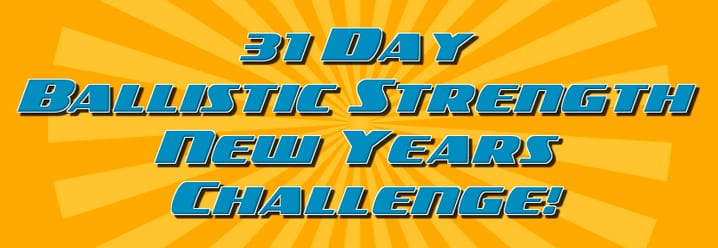
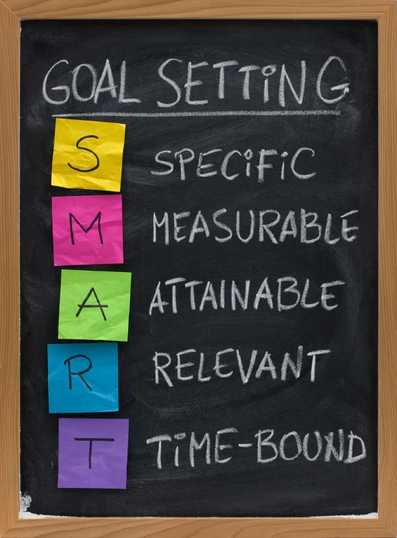
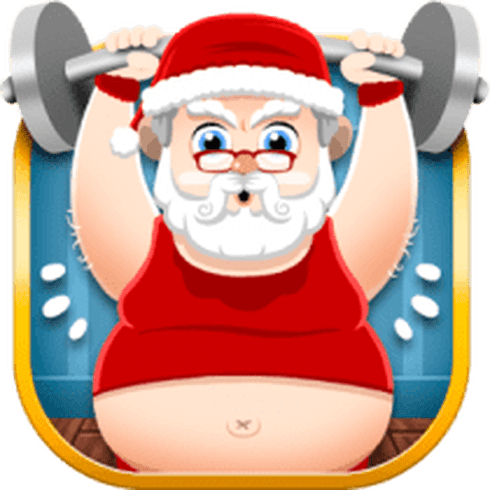

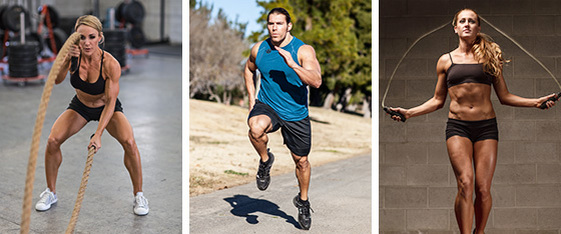
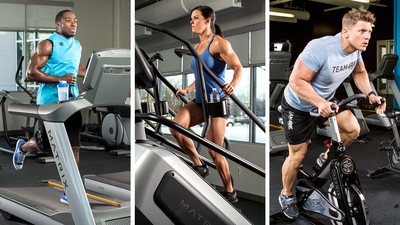
 RSS Feed
RSS Feed
